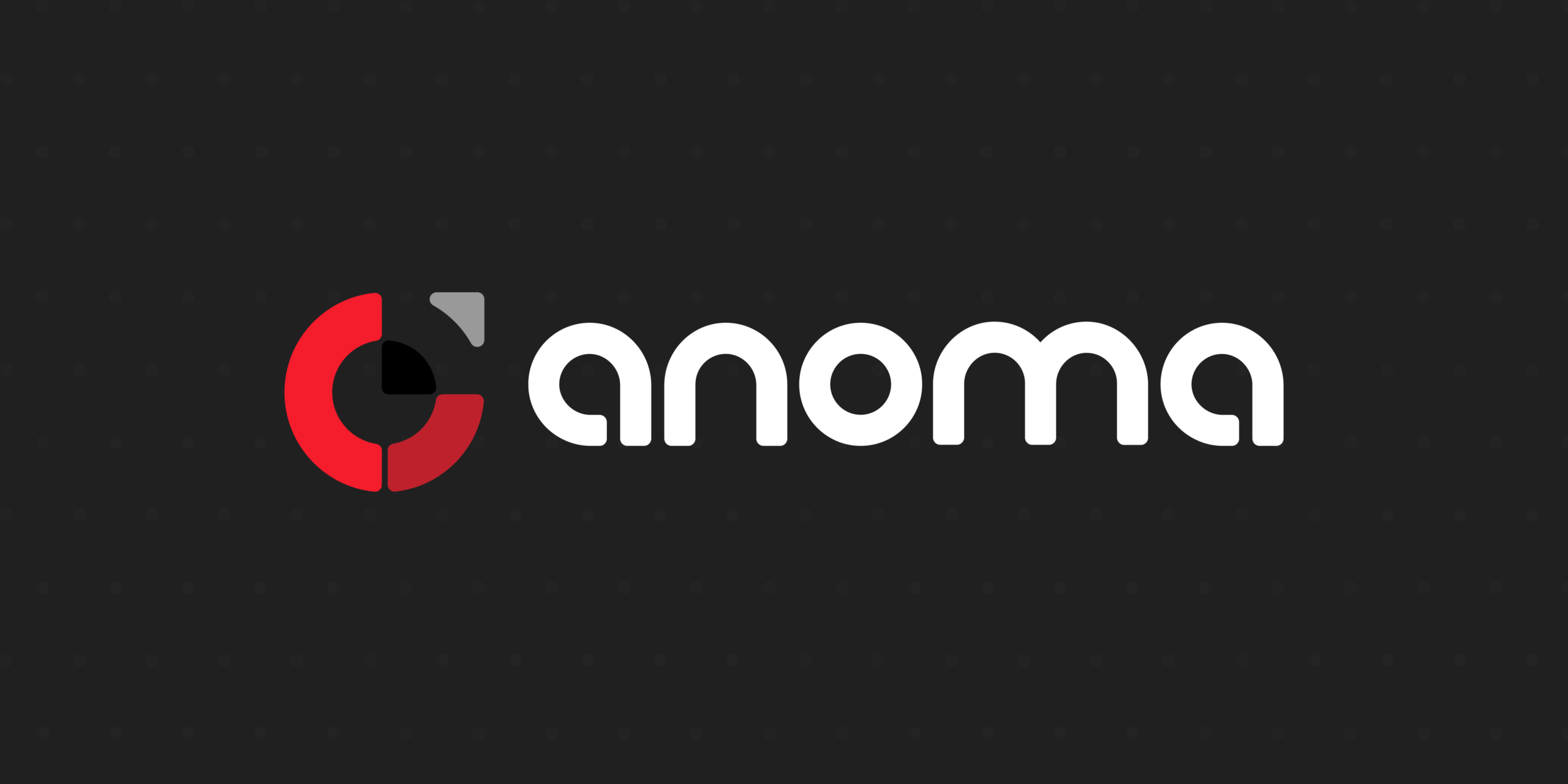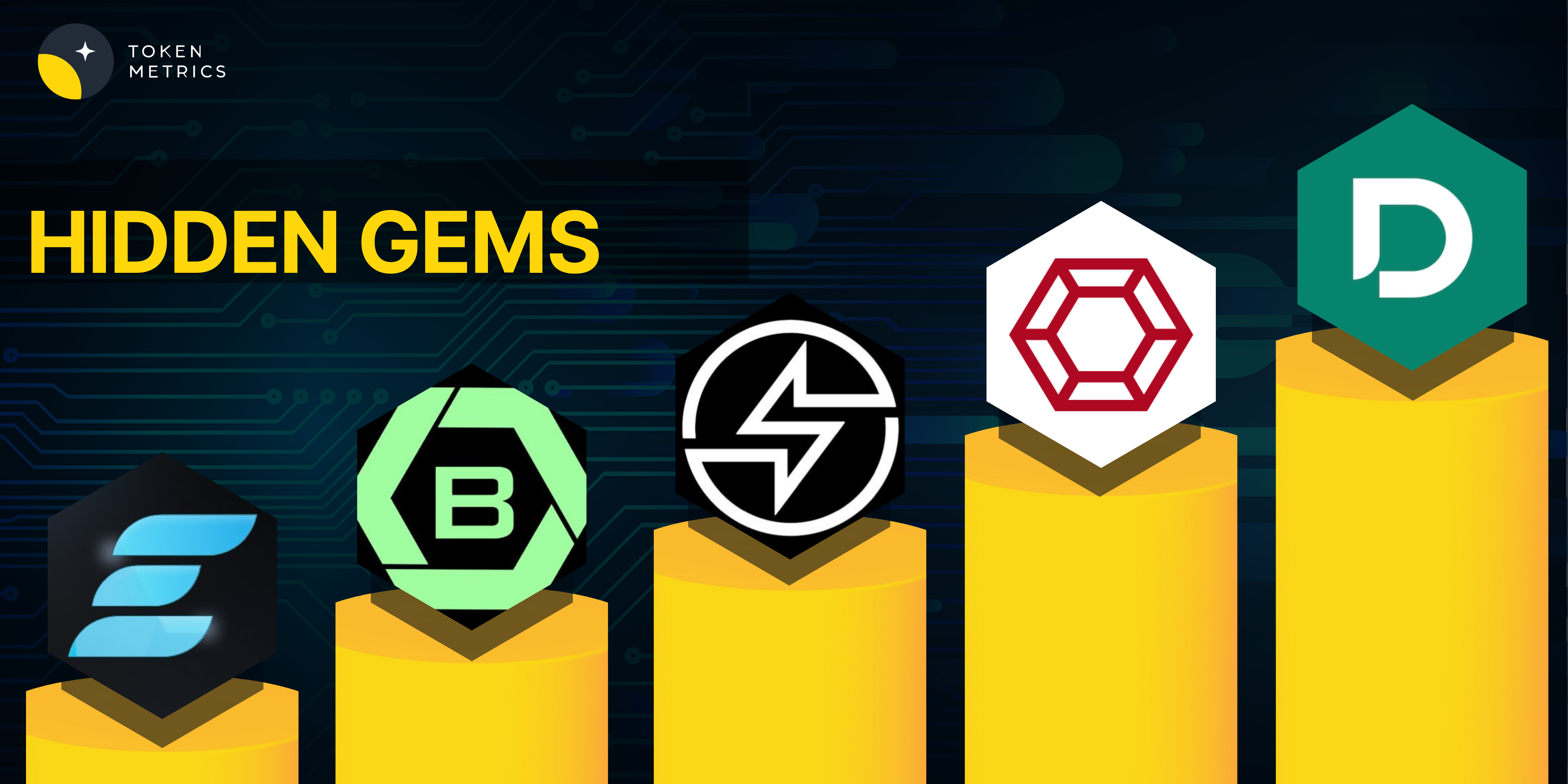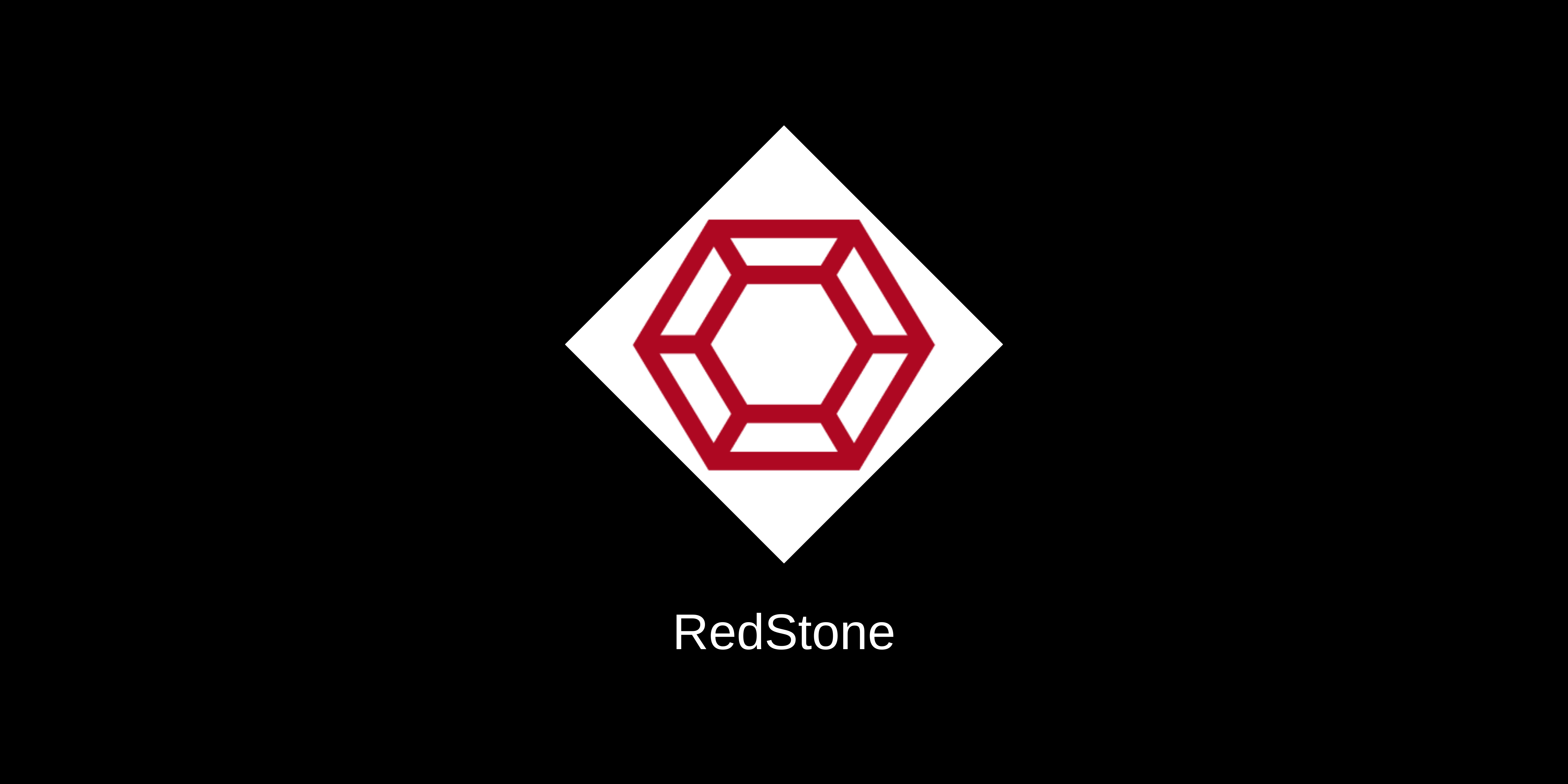Introduction
Anoma introduces an intent-centric platform that revolutionizes decentralized application (dApp) design, emphasizing user-driven interactions through the innovative concept of “intents.” This review delves into the intricate mechanics, architecture, and technical components that set Anoma apart in the ever-evolving landscape of blockchain technologies.
Innovation
Anoma’s intent-centric architecture marks a paradigm shift, replacing traditional transaction-based systems with user-driven models. By utilizing off-chain signed messages (intents), Anoma empowers users to express desires without navigating the complexities of underlying execution paths, promoting mass adoption of dApps.
Architecture
The decentralized counterparty discovery and computational outsourcing layers enhance the platform’s resilience. Intent gossip and solver nodes facilitate the identification of counterparties and computation of valid transactions, addressing NP-hard problems inherent in decentralized consensus and complex contract executions.
Code Quality
Anoma’s commitment to code quality is evident in its use of validity predicates for smart contracts. This foundational architecture cleanly separates computation from verification, mitigating vulnerabilities associated with intertwined execution models prevalent in other smart contract platforms.
Product Roadmap
The platform’s roadmap encompasses handling transparent, shielded, and private data through zero-knowledge proofs (ZKPs) and homomorphic encryption (HE). Multi-chain atomic settlements exemplify Anoma‘s commitment to seamless and secure transactions across diverse blockchain architectures, preserving user security preferences.
Usability
Anoma’s intent-centric model simplifies the user experience, ensuring users can express desires without delving into intricate technological details. The platform’s support for multiple data states and diverse application needs enhances usability, making it an accessible choice for developers and users.
Anoma Team
Anoma boasts a dedicated team committed to advancing decentralized application design. Their expertise is evident in the platform’s intent-centric model, multi-chain atomic settlements, and the nuanced approach to handling transparent, shielded, and private data.
Conclusion
In conclusion, Anoma‘s architecture demonstrates a forward-thinking approach to decentralized application design, addressing core issues such as user autonomy, privacy, security, and computational efficiency; the platform offers a promising environment for developers and users seeking advanced, secure, and user-friendly apps. The homogeneous architecture with heterogeneous security models ensures adaptability to diverse user needs, positioning Anoma as a flexible and unified system within the decentralized ecosystem.
| Initial Screening | |||
| Keep researching | |||
| Does this project need to use blockchain technology? | Yes | ||
| Can this project be realized? | Yes | ||
| Is there a viable use case for this project? | Yes | ||
| Is the project protected from commonly known attacks? | Yes | ||
| Are there no careless errors in the whitepaper? | Yes | ||
| Project Technology Score | |||
| Description | Scorecard | ||
| Innovation (Out Of 11) | 9 | ||
| How have similar projects performed? | Good | 2 | |
| Are there too many innovations? | Medium | 2 | |
| Percentage of crypto users that will use the project? | Over 11% | 3 | |
| Is the project unique? | Yes | 2 | |
| Architecture (Out of 12) | 11 | ||
| Overall feeling after reading whitepaper? | Good | 2 | |
| Resistance to possible attacks? | Good | 2 | |
| Complexity of the architecture? | Not too complex | 2 | |
| Time taken to understand the architecture? | 20 – 50 min | 1 | |
| Overall feeling about the architecture after deeper research? | Good | 4 | |
| Has the project been hacked ? | No | 0 | |
| Code Quality (out of 15) | 13 | ||
| Is the project open source? | Yes | 2 | |
| Does the project use good code like C,C++, Rust, Erlang, Ruby, etc? | Yes | 2 | |
| Could the project use better programming languages? | No | 0 | |
| Github number of lines? | More than 10K | 1 | |
| Github commits per month? | More than 10 | 2 | |
| What is the quality of the code? | Good | 2 | |
| How well is the code commented? | Good | 1 | |
| Overall quality of the test coverage? | Good | 1 | |
| Overall quality of the maintainability index? | Outstanding | 2 | |
| When Mainnet (out of 5) | 5 | ||
| When does the mainnet come out? | Mainnet Ready | 5 | |
| Usability for Infrastructure Projects (out of 5) | 5 | ||
| Is it easy to use for the end customer? | Yes | 5 | |
| Team (out of 7) | 6 | ||
| Number of active developers? | 5+ | 2 | |
| Developers average Git Background? | Senior | 2 | |
| Developers coding style? | Solid | 2 | |
| Total Score (out of 55) | 49 | ||
| Percentage Score | |||
| Innovation | 16.36% | ||
| Architecture | 20.00% | ||
| Code Quality | 23.64% | ||
| Mainnet | 9.09% | ||
| Usability | 9.09% | ||
| Team | 10.91% | ||
| Total | 89.09% |





